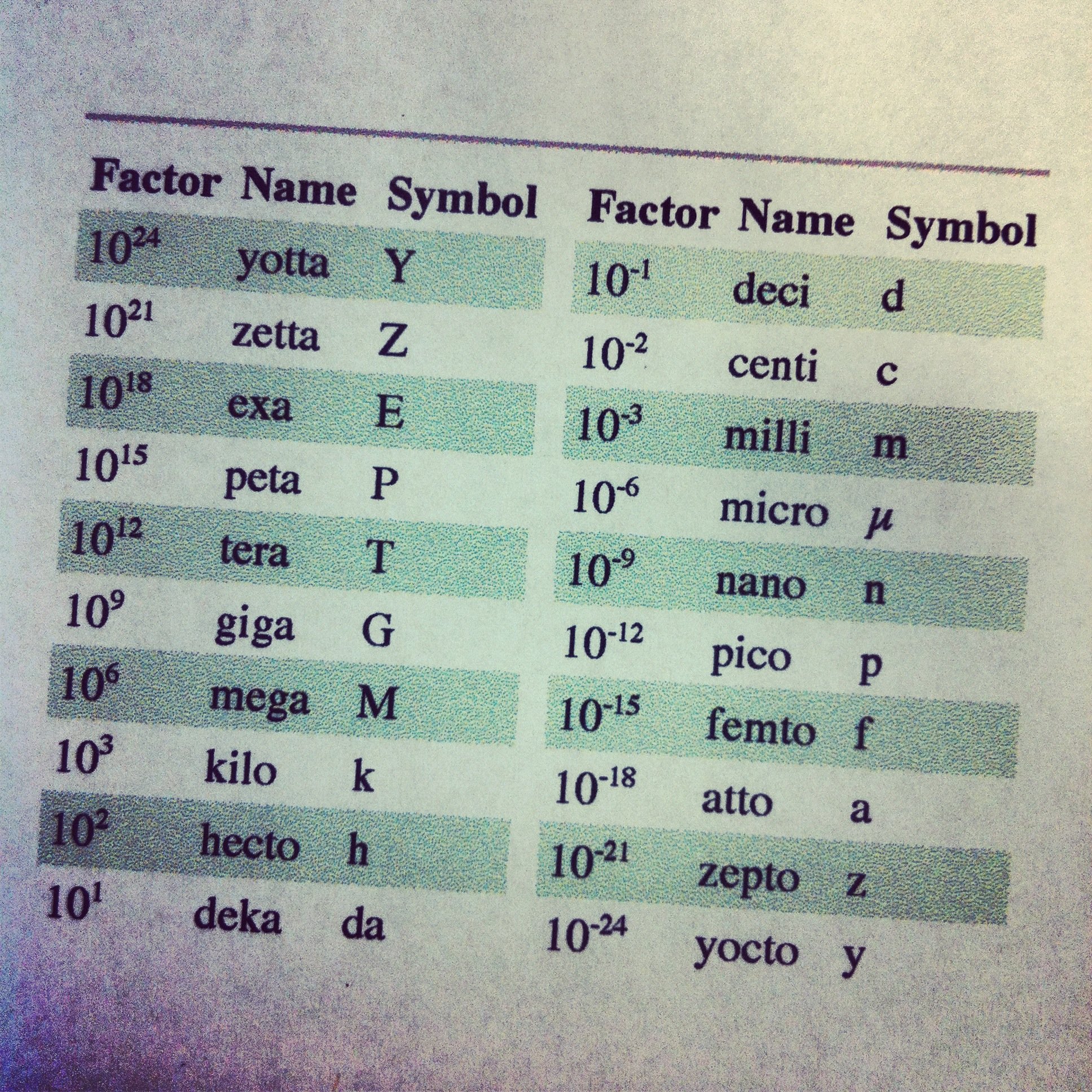In the realm of physics and chemistry, the terms attosecond and femtosecond represent incredibly short intervals of time that are crucial for understanding fast processes in the microscopic world. These time measurements are essential for scientists studying molecular dynamics, chemical reactions, and the behavior of electrons. With advancements in technology, the ability to measure and manipulate these tiny time frames has revolutionized our understanding of atomic and subatomic processes.
Attoseconds and femtoseconds, although both extremely brief, differ significantly in their magnitude and applications. This article delves into the definitions, differences, and applications of attoseconds and femtoseconds, providing a comprehensive overview that is not only informative but also essential for anyone interested in the fields of physics and chemistry.
As we explore these fascinating time scales, we will also highlight the importance of precision in experimental techniques and how these measurements impact various scientific fields. Whether you are a student, a researcher, or simply curious about the intricacies of time measurement, this article aims to shed light on these critical concepts.
Table of Contents
- Definition of Attosecond and Femtosecond
- Key Differences Between Attosecond and Femtosecond
- Applications of Attoseconds
- Applications of Femtoseconds
- Measurement Techniques for Attoseconds and Femtoseconds
- Significance in Scientific Research
- The Future of Time Measurement
- Conclusion
Definition of Attosecond and Femtosecond
An attosecond (as) is defined as one quintillionth of a second (10-18 seconds), while a femtosecond (fs) is one quadrillionth of a second (10-15 seconds). To put these time scales into perspective:
- 1 second = 1,000 milliseconds
- 1 millisecond = 1,000 microseconds
- 1 microsecond = 1,000 nanoseconds
- 1 nanosecond = 1,000 picoseconds
- 1 picosecond = 1,000 femtoseconds
- 1 femtosecond = 1,000 attoseconds
This demonstrates that an attosecond is 1,000 times shorter than a femtosecond, highlighting the extreme brevity of time intervals at the atomic scale.
Key Differences Between Attosecond and Femtosecond
Understanding the differences between attoseconds and femtoseconds is crucial for various scientific applications. Here are some key distinctions:
1. Time Scale
As mentioned earlier, an attosecond is 1,000 times shorter than a femtosecond. This immense difference in time scale allows researchers to study processes that occur at different rates:
- Femtoseconds are typically used to observe molecular vibrations and chemical reactions.
- Attoseconds are employed for studying electron dynamics and transitions.
2. Applications in Science
The applications of attoseconds and femtoseconds vary greatly:
- Femtosecond lasers are widely used in medical procedures and material science.
- Attosecond pulses are used in attosecond physics to capture the movement of electrons during chemical reactions.
3. Measurement Techniques
The methods used to measure attoseconds and femtoseconds are also different:
- Femtosecond measurements often utilize techniques such as streak cameras and pump-probe experiments.
- Attosecond measurements often involve advanced techniques like high harmonic generation and attosecond streaking.
Applications of Attoseconds
Attosecond science is a rapidly evolving field with numerous applications:
- Studying Electron Dynamics: Attosecond pulses allow scientists to observe and manipulate electron movement within atoms and molecules.
- Chemical Reactions: By capturing the fast processes of electrons, researchers can better understand fundamental chemical reactions.
- Material Science: Attosecond measurements can lead to advancements in materials with unique electronic properties.
Applications of Femtoseconds
Femtoseconds play a critical role in various scientific and technological fields:
- Medical Imaging: Femtosecond lasers are used in laser-assisted surgeries and imaging techniques.
- Material Processing: Femtosecond lasers are employed for precision cutting and engraving in materials science.
- Physics Research: Femtosecond spectroscopy is used to study ultrafast processes in physics and chemistry.
Measurement Techniques for Attoseconds and Femtoseconds
Accurate measurement of these short time intervals requires sophisticated techniques:
1. Femtosecond Measurement Techniques
Some common techniques used for femtosecond measurements include:
- Pump-Probe Spectroscopy: This method uses a short laser pulse (pump) to initiate a reaction, followed by another pulse (probe) to measure the result.
- Streak Cameras: These devices can capture extremely fast events by converting time intervals into spatial positions on a screen.
2. Attosecond Measurement Techniques
Attosecond measurements utilize advanced techniques such as:
- High Harmonic Generation (HHG): This technique generates attosecond pulses by using intense laser fields to ionize atoms.
- Attosecond Streaking: This method measures the time it takes for electrons to travel between two points, allowing for the observation of electron dynamics.
Significance in Scientific Research
The significance of attosecond and femtosecond measurements extends beyond mere timekeeping:
- Understanding Fundamental Processes: These measurements enable scientists to study the fundamental processes of nature, leading to breakthroughs in various scientific fields.
- Technological Advancements: Innovations in laser technology and measurement techniques have profound implications for technology and industry.
- Interdisciplinary Research: Attosecond and femtosecond science fosters collaboration between physics, chemistry, and engineering, promoting interdisciplinary research.
The Future of Time Measurement
The future of attosecond and femtosecond measurements looks promising, with ongoing research aimed at:
- Improving Measurement Techniques: Researchers are continuously working to develop more precise and efficient measurement methods.
- Exploring New Applications: As technology advances, new applications for attosecond and femtosecond measurements are likely to emerge.
- Interdisciplinary Collaborations: The combination of various scientific disciplines will lead to innovative research and applications.
Conclusion
In conclusion, attoseconds and femtoseconds represent two of the shortest time intervals known to science, each with unique properties and applications. Understanding the differences between these two measurements allows researchers to explore the fast-paced world of atomic and subatomic processes. As scientific research continues to advance, the significance of attosecond and femtosecond measurements will only grow, leading to new discoveries and technological innovations.
We encourage you to share your thoughts in the comments below, explore related articles, and stay engaged with our site for more insightful content.
Thank you for reading, and we look forward to your next visit!
Rick Ross Arrested: The Untold Story Behind The Headlines
London Marathon Results: A Comprehensive Overview
Understanding Men Stomach Tattoo: A Comprehensive Guide


